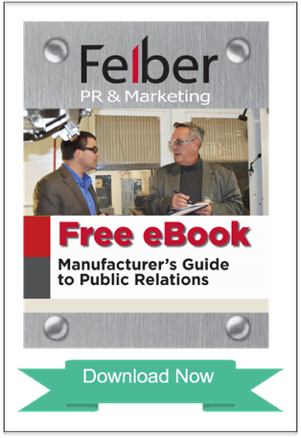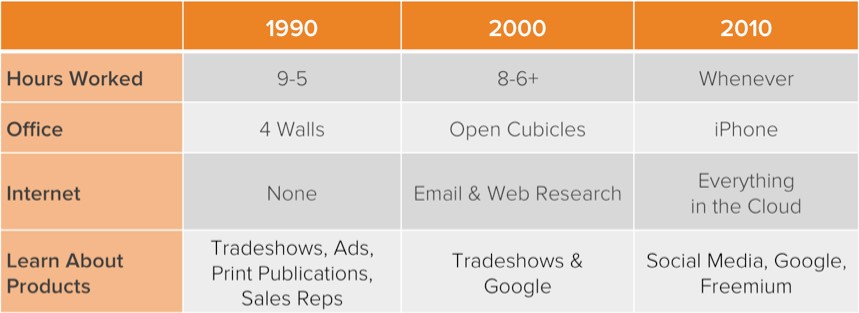Inbound marketing is one of the most buzzed about topics among manufacturers, especially in Northeast Ohio. Many manufacturing companies have implemented successful inbound marketing strategies, which are bringing them more qualified leads and giving them better insight into their prospects and customers. However, for as many manufacturers that have successfully implemented inbound, there are just as many who have dropped the ball and made some major marketing blunders. Read on to learn the 5 biggest inbound marketing mistakes manufactures make and my top tips on how you can avoid these pitfalls at your manufacturing company.
- Assuming You Know Your Buyers
One of the biggest mistakes I see manufacturers make in the inbound marketing process is making assumptions their buyer. We see it all the time. Manufacturers with 25+ years of experience, who believe they have a clear understanding of their buyer and their buyer’s communication preferences (which, have undoubtedly changed over time).
Creating a sound inbound marketing plan, starts with the process of creating buyer personas. Buyer personas help manufacturers identify their best prospects. During the process of developing buyer personas, manufacturers must get into the mindset of their ideal customers, and identify their goals, their pain points, how they search, their information search process, and demographics. Two helpful activities include surveying current customers and doing some educated speculation.
Then, and only then, will you have a clear understanding of your ideal personas. You can now create targeted, relevant content that speaks to your buyer and provides solutions to their biggest problems. Click here to read our blog about creating buyer personas.
- Not Developing a Content Map
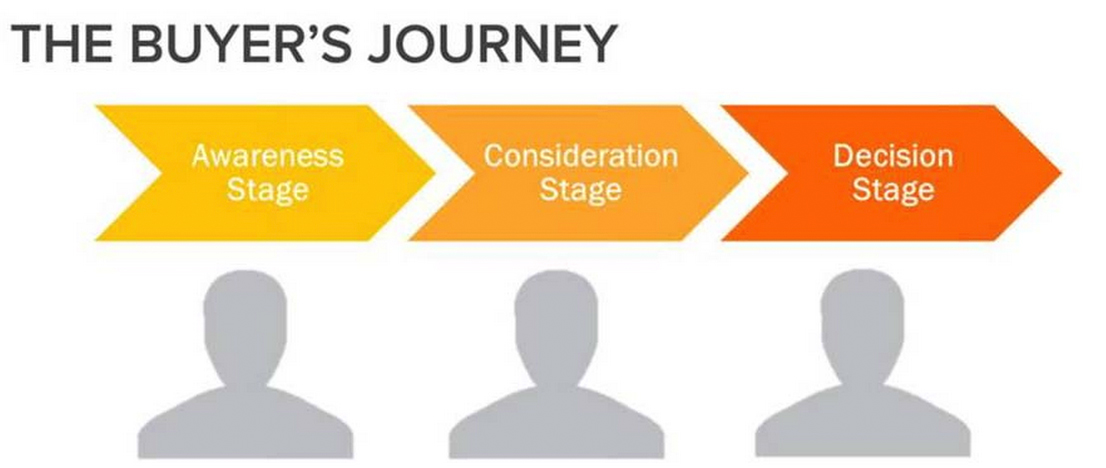 Developing a content map is essential to have inbound marketing success. The crux of inbound marketing is content. It is necessary to have a website full of relevant, engaging content that speaks to your buyer personas and also, the various verticals where your prospects exist. Creating a content map is a great way to make sure that you are targeting each vertical and all your ideal buyers. A content map is a plan of all the content that will be developed for your company in a 6 month to year-long stretch.
Developing a content map is essential to have inbound marketing success. The crux of inbound marketing is content. It is necessary to have a website full of relevant, engaging content that speaks to your buyer personas and also, the various verticals where your prospects exist. Creating a content map is a great way to make sure that you are targeting each vertical and all your ideal buyers. A content map is a plan of all the content that will be developed for your company in a 6 month to year-long stretch.
The content map delves deeply into your personas and their process through the buyer’s journey. You can map out content for the awareness stage, consideration stage, and decision stage of the buying process. By creating a content map, you can develop content ideas to bring prospects through the sales process on their terms, building a deeper relationship and showing your expertise.
- Skipping on Integrating Sales with Marketing
The beautiful thing about inbound is that it ties sales and marketing together. With an inbound m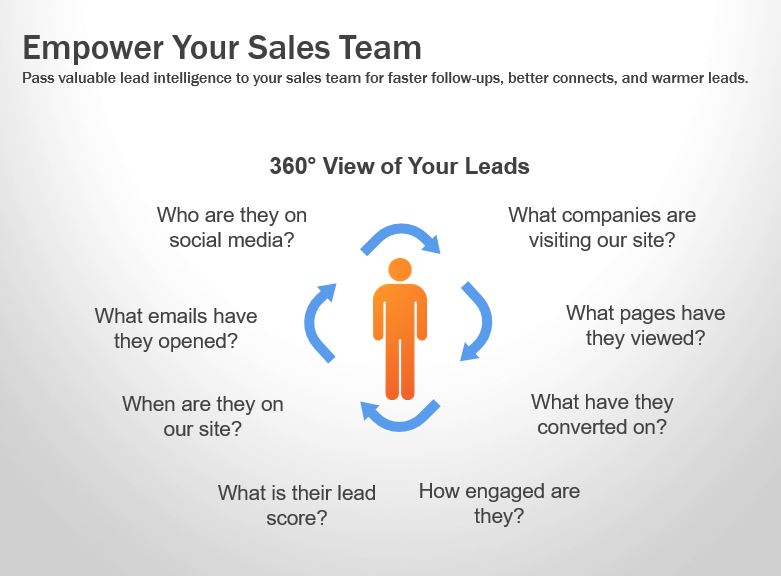 arketing platform, such as HubSpot, you can track your prospects and their behavior. In one, easy-to-view command center, you can look at prospects and customers individually and see what emails they’ve opened and clicked, where they’ve been on your website and what content they’ve downloaded.
arketing platform, such as HubSpot, you can track your prospects and their behavior. In one, easy-to-view command center, you can look at prospects and customers individually and see what emails they’ve opened and clicked, where they’ve been on your website and what content they’ve downloaded.
When integrating an inbound strategy, it is necessary to get sales on board. By integrating CRM with an inbound platform, sales managers get a “360” view of who the prospect is and receives valuable insight on that individual’s needs, wants and goals. That way, when a sales rep reaches out to a prospect, he or she is equipped with solutions tailored to that prospect. When sales are disconnected from inbound, you will not see optimal ROI from your marketing efforts.
- Eliminating Traditional PR & Marketing Tactics from Their Strategy
Inbound marketing allows manufacturers to track just about everything from website visitors to leads and sales. We’ve seen a lot of manufacturers dropping the ball on public relations thinking that inbound marketing is replacing the need for the name recognition and eyeballs publicity delivers. However, PR & traditional marketing (editorial, advertising, direct mail, etc.) have an important place in an inbound strategy. How you may ask? The first step in the inbound marketing process is attract.
By to exhibiting at a trade show, being featured in an industry publication or by advertising in the right magazine, you are enhancing your brand. Going to a notable industry trade show or having a case study of yours featured in a respected industry publication is a great way to intrigue prospects and attract them to your website! Read my blog “Why Manufacturers Still Need Traditional PR & Marketing in a Digital World” for more information on the importance of inbound.
- Underestimating the Power of Social
Many manufacturers are not tapping into the power of social media. If social isn’t integrated into your inbound marketing plan, you are missing out. You can write all the relevant content you want, but you still need to distribute that content. Social provide just the right mix of channels to broadcast your message. Let’s face it: we’re living and breathing in a social media driven world. More and more people are getting their news from Twitter instead of television news outlets and making connections on LinkedIn instead of cold calling or email introductions. If you read Rob’s blog on social selling, you’ll understand the impact social has in the sales process and how easily social selling incorporates into the manufacturing sales process.

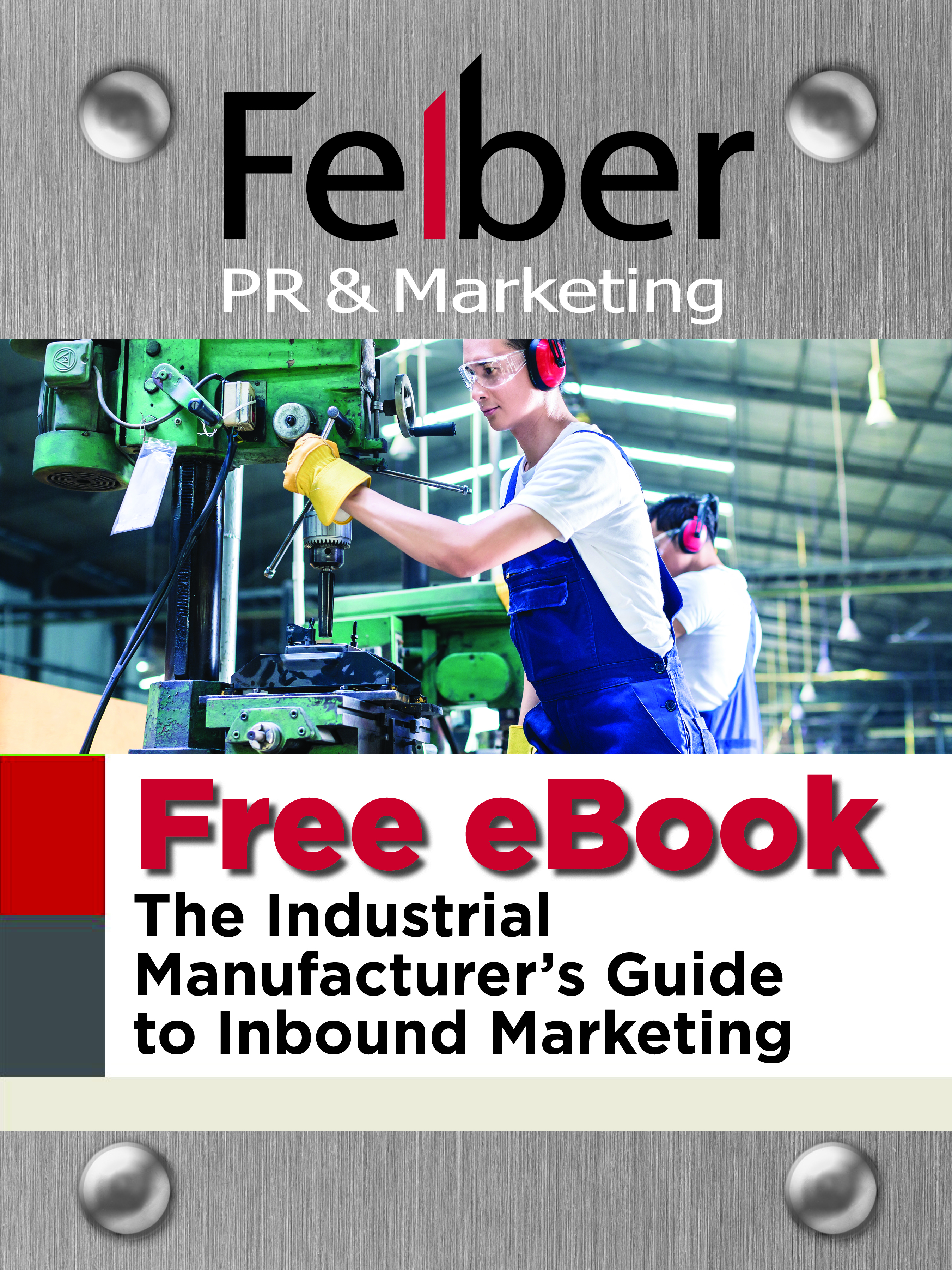 Are you looking to incorporate inbound marketing into your industrial manufacturing company and don’t know where to start? Perhaps you’ve started to research inbound but are daunted by all the jargon and the vast amount of content out there. Our eBook “Industrial Manufacturer’s Guide to Inbound Marketing” is a simple, no nonsense eBook to guide manufacturers through the inbound process.
Are you looking to incorporate inbound marketing into your industrial manufacturing company and don’t know where to start? Perhaps you’ve started to research inbound but are daunted by all the jargon and the vast amount of content out there. Our eBook “Industrial Manufacturer’s Guide to Inbound Marketing” is a simple, no nonsense eBook to guide manufacturers through the inbound process.
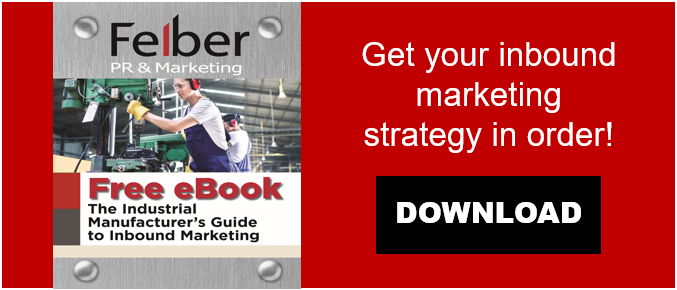


 Developing a content map is essential to have inbound marketing success. The crux of inbound marketing is content. It is necessary to have a website full of relevant, engaging content that speaks to your buyer personas and also, the various verticals where your prospects exist. Creating a content map is a great way to make sure that you are targeting each vertical and all your ideal buyers. A content map is a plan of all the content that will be developed for your company in a 6 month to year-long stretch.
Developing a content map is essential to have inbound marketing success. The crux of inbound marketing is content. It is necessary to have a website full of relevant, engaging content that speaks to your buyer personas and also, the various verticals where your prospects exist. Creating a content map is a great way to make sure that you are targeting each vertical and all your ideal buyers. A content map is a plan of all the content that will be developed for your company in a 6 month to year-long stretch. arketing platform, such as
arketing platform, such as 
 Are manufacturing sales managers naturally angry? Is there something about their role managing salespeople that has them really ticked off? Of course not, unless your boss is Lumbergh from Office Space and your sales people have not turned in their TPS reports.
Are manufacturing sales managers naturally angry? Is there something about their role managing salespeople that has them really ticked off? Of course not, unless your boss is Lumbergh from Office Space and your sales people have not turned in their TPS reports.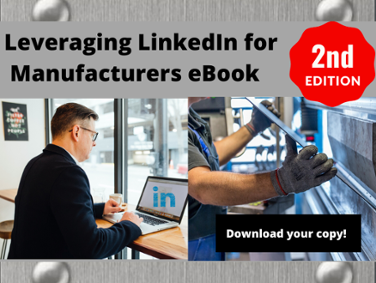

 Let’s face it, manufacturers are living, breathing and selling in a digital world. If you’ve read our page on
Let’s face it, manufacturers are living, breathing and selling in a digital world. If you’ve read our page on 